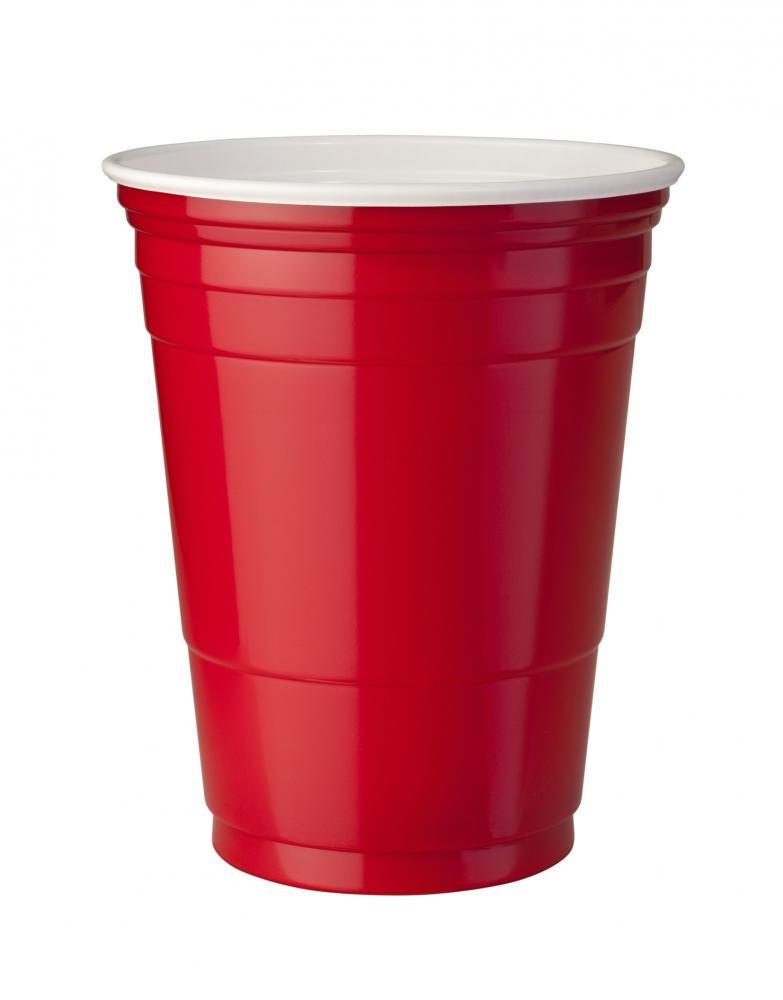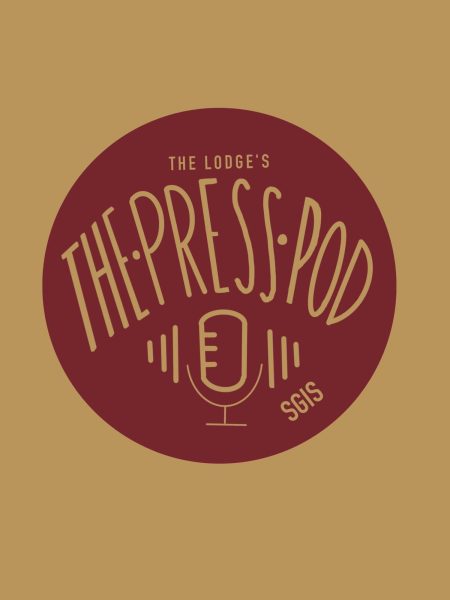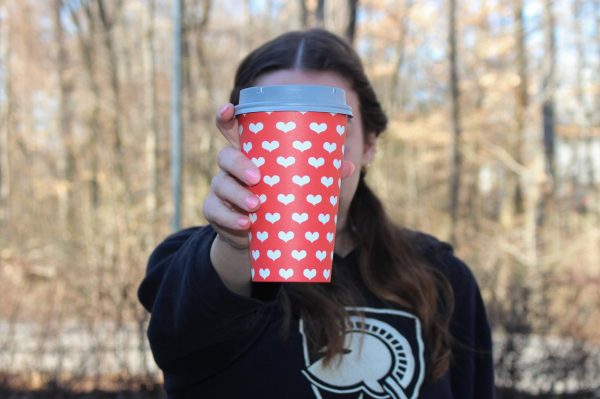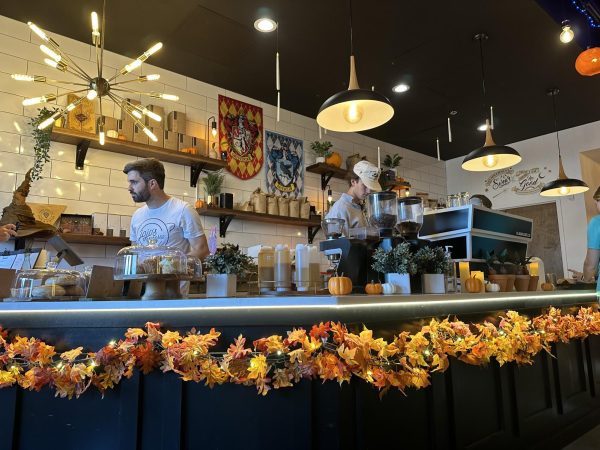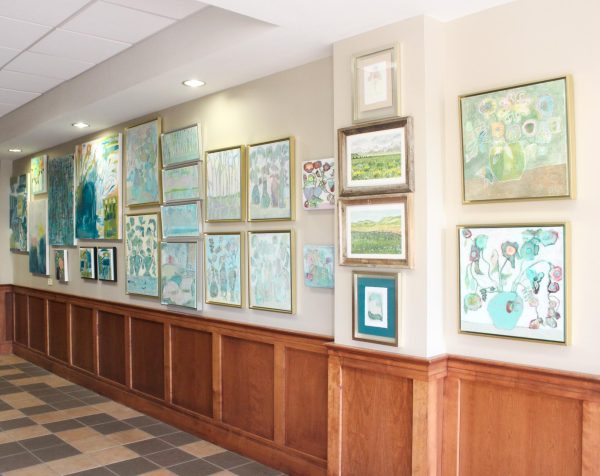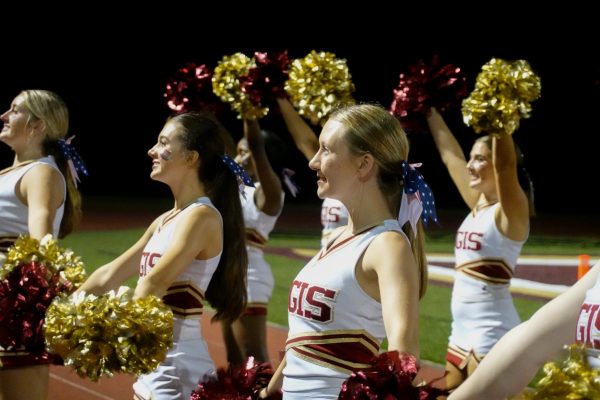Trouble in paradise
Party culture beckons during spring break
The half day before spring or fall break, school hallways can seem empty. At St. George’s, this can be explained by the large number of students who have left to enjoy their break at the beach.
In fact, it can seem as if overnight many students have traded in school hallways for sandy beaches and three hours of homework for nights that are more exciting yet perhaps less legal.
While not everyone has been to Seaside, the partying culture present at the Florida beach familiar among Memphians, is something all high school students encounter, whether it be by first-hand experience or stories overheard in the lunchroom.
In Seaside, “bare feet and sandy floors rule” and the average annual temperature is 67 degrees and sunny.
For those unfamiliar with Seaside, it is the city featured in “The Truman Show,” the popular movie starring Jim Carrey. Picture kids riding around on pastel bikes, identical white beach houses lining wide bricked roads and crystalline blue water lapping against white sandy beaches.
A typical day in Seaside includes tanning by the beach or pool while enjoying a snow cone. However, it is at nights that the town really comes alive.
“It’s the party beach,” sophomore Ann Ragan Grissom said. “It’s kind of like Panama City Beach, but for younger people, high school people.”
College students may have a hard time finding people of their age group roaming the town, but it seems nearly impossible to leave your beach house without running into high school students from the Memphis area, some of them engaged in behavior that could be taken out of a typical “spring break” college movie.
Spring break is generally thought of as a time to let loose, which can translate into drinking, especially for youth who are seeking a break from school stress. Social media can also encourage participating in party behaviors by highlighting the stigma of “spring break.”
“I watch the Daily Mail snapchat stories, and you see huge stories posted about ‘spring breakers,’” senior Mimi McCarroll said. “That may be what encourages it.”
According to the National Center for Biotechnology Information, lack of parental supervision on vacations with friends is another factor that can lead to elevated drinking levels present during spring break. Students who choose to stay at home or go on vacation with parents are at lower risk for increased alcohol use.
This elevated drinking means that teens are drinking more than they would on a normal weekend.
“I feel like it’s more of ‘hey it’s spring break or fall break.’ Everyone’s just going crazy,” freshman Landry Wirth said, “and I feel like it’s not like that all year at school.”
There are a range of ways in which “spring break mentality” can translate into Seaside nightlife.
Some may linger at their favorite restaurants well past the seldom enforced 10 p.m. curfew. Others meet on the beach, frequently with alcohol provided by college students or permissive parents. Still, others prefer to meet in the privacy of their beach houses, again, typically with the availability of alcohol.
This behavior is not without risk.
According to “Northwest Florida Daily News,” on March 24, 2017, 42 people were arrested for underage drinking in Walton and Okaloosa Counties, the counties where Seaside and other 30A beaches are located.
In addition to the risk of arrest, there are other potential consequences in a society where most every aspect of life is recorded.
“Everything now is videoed, and everything you do is being watched,” Reese said.
“People are always pointing their camera at you and waiting for you to do something stupid.”
These videos have the potential to reach parents, the school or even the authorities, which can shape students reputations and how others view their character as a whole.
“Other parents find out and that affects who they let their kids hang out with,” Murphy said.
However, some students are not so quick to judge the actions of their peers while on spring break.
“I’ve only seen the things that they have done that week,” Reese said, “so I can’t judge them as a person because I don’t know the rest of their life and their story and what they have had before or after that”
While underage drinking during spring break remains a large part of high school culture, overall underage drinking has been declining and is currently at its lowest level since 1975. In a survey conducted by the Center for Disease Control in 2015, only 33 percent of high schoolers reported drinking in the past 30 days. This may be surprising considering the ubiquity of underage drinking in popular television shows, such as “Friday Night Lights” or “Gossip Girl.”
“In movies they make parties seem like a huge deal,” Grissom said, “but there really aren’t that many or when there is. There isn’t that huge a guest list.”
Media is certainly an influential factor in underage drinking, but many students believe it is not the only factor.
“It depends on how influenced you are by other people’s opinions,” sophomore Kate Murphy said.
Teenagers constantly search for approval and acceptance, and, in some cases, it may feel that this approval can come from doing what everyone else is doing. Much of the pressure that teenagers experience comes from peer participation, rather than upfront confrontation.
“I feel like I should be holding a cup in my hand, but at the end of the day I know I don’t need to do that to fit in. I just need to be myself,” McCarroll said.
Not all students drink, and some students believe that there is something to be said for a high school experience without drinking.
Within one grade, there is a broad spectrum when it comes to teen drinking because every student has a different definition of “fun.” On any given weekend, you will find some students just hanging out with friends watching Netflix or going out to eat, while others can be found at a party where alcohol is present.
The choice is left to students on how to shape their high school experience. The choices one makes in high school don’t have to have a lasting effect on one’s future if they don’t let them.
“I feel like it’s your choice,” McCarroll said. “I have loved my high school experience, and I haven’t had to drink in order to enjoy it. If you want to, okay, but if you don’t want to, it’s not going to take away anything.”
If you or someone you know is struggling with drug or alcohol addiction, contact the following resources:
The Alcohol Addiction Hotline at 1-877-546-2869
The Substance Abuse and Mental Health Services Administration Helpline at 1-800-662-4357
Daybreak Treatment Center at 901-753-4300
Lakeside Behavioral Health System at 901-377-4700
Elizabeth Bran, Upper School Director of Counseling and Guidance
Phone: 901-457-2012
Email: [email protected]
Amy Michalak, Middle School Director of Counseling and Guidance
Phone: 901-457-2129
Email: [email protected]


